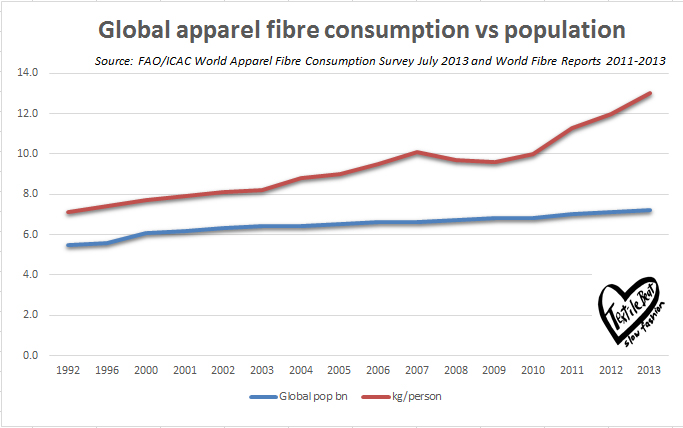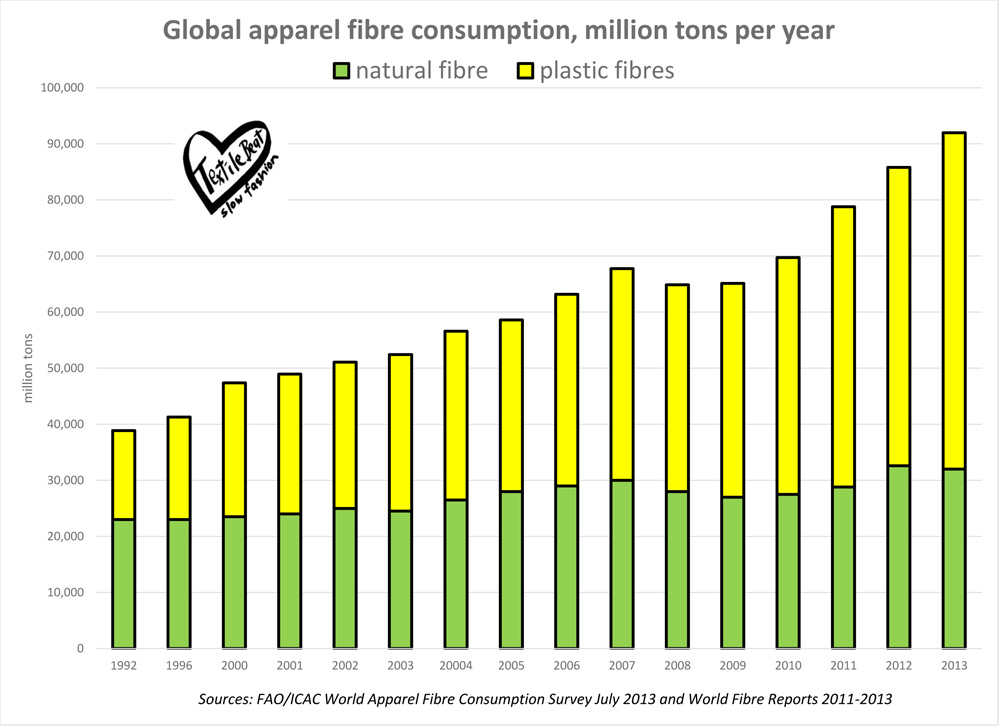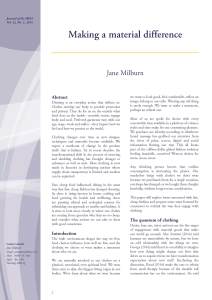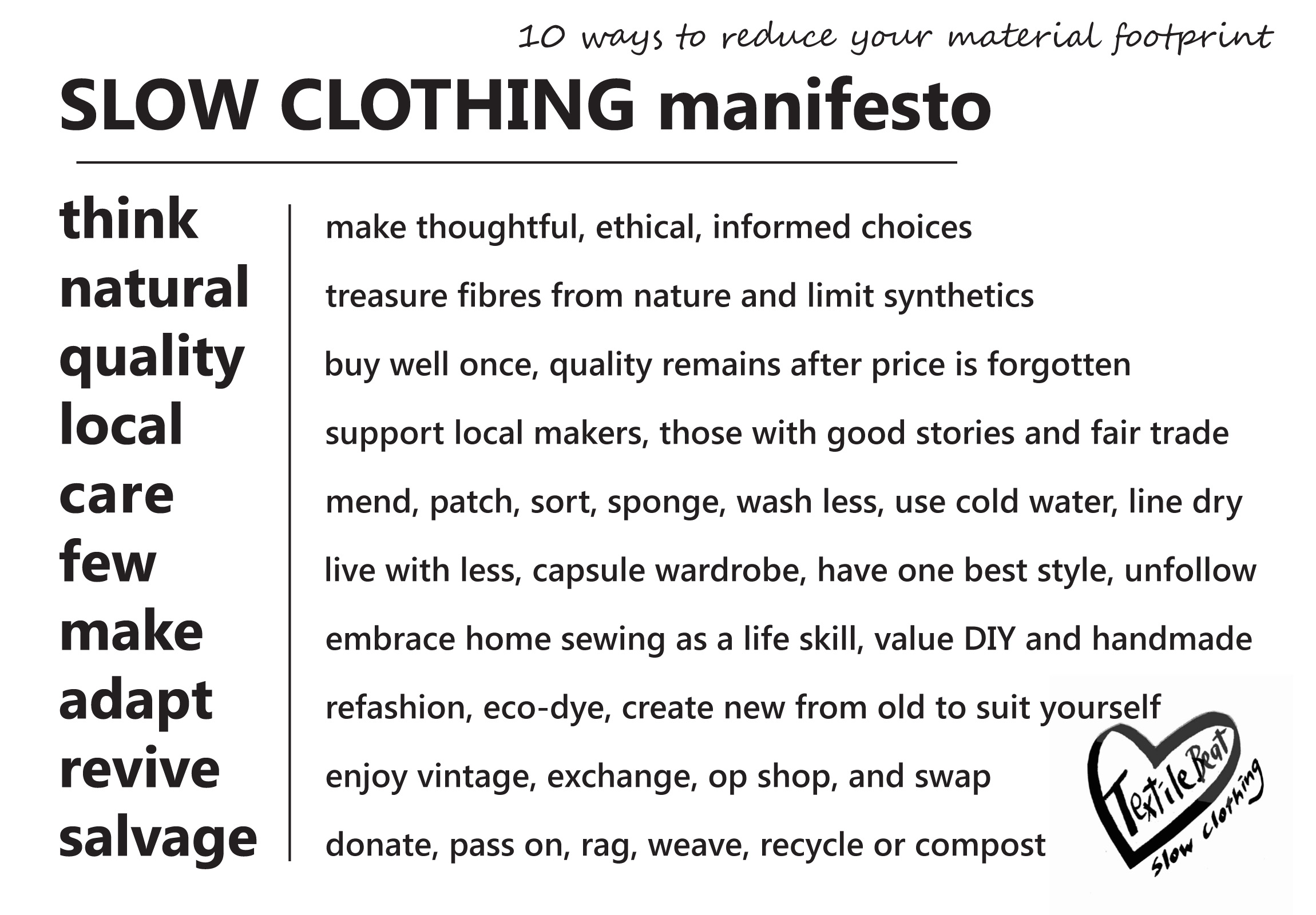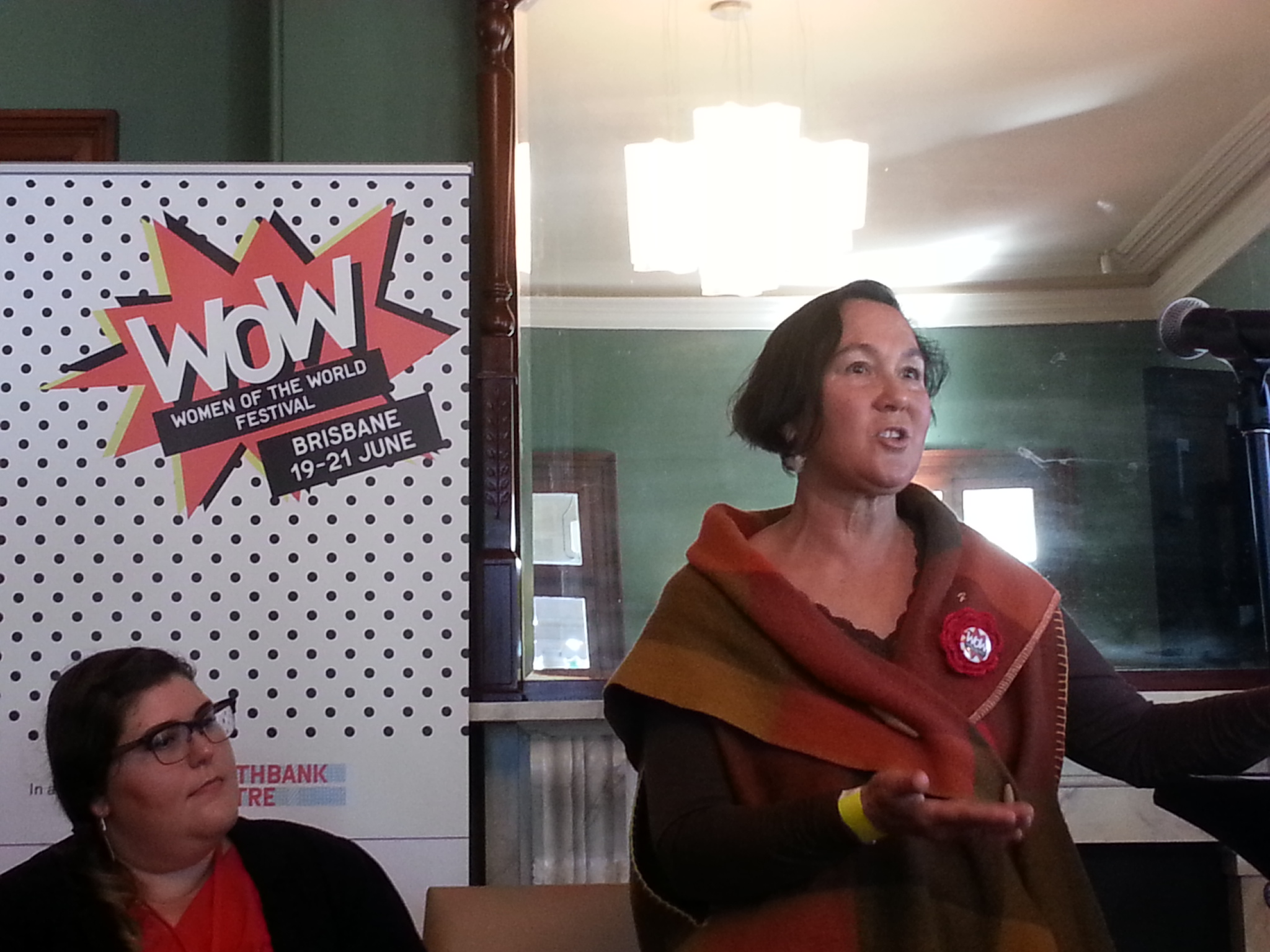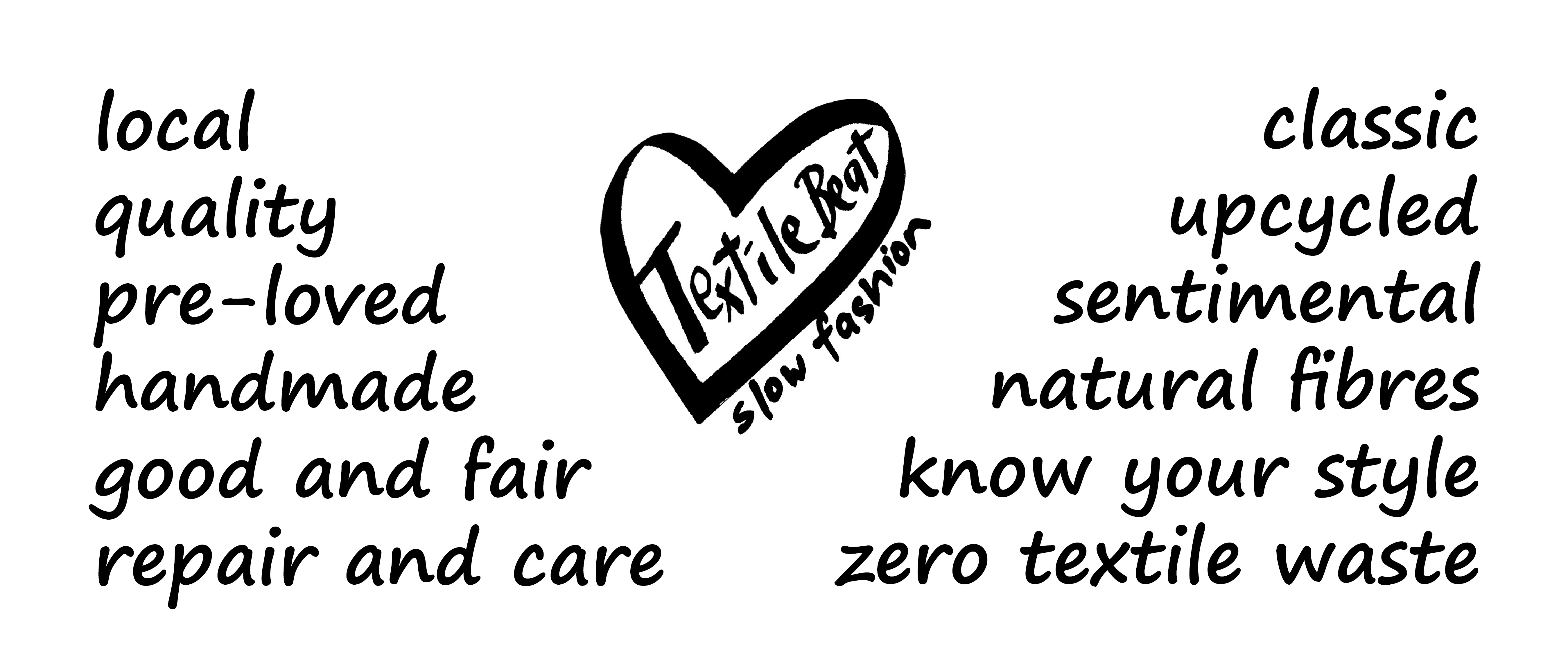 After more than a decade of ‘disposable’ fast fashion, there’s growing interest in ethical and sustainable clothing with a good story to tell.
After more than a decade of ‘disposable’ fast fashion, there’s growing interest in ethical and sustainable clothing with a good story to tell.
The Slow Clothing Project is about people choosing to make or upcycle their own clothes – read our maker stories here.
The Slow Clothing Project aims to spark a national conversation about clothing use and reuse by creating a digital collection of stories and garments handmade by local makers. The focus is on natural fibres, textile reuse and making our own, where possible. The garments – made between February to November – each tell a different story about mindful and sustainable resource. These stories reflect 10 actions to enable us to thrive in a material world. Continue Reading →
